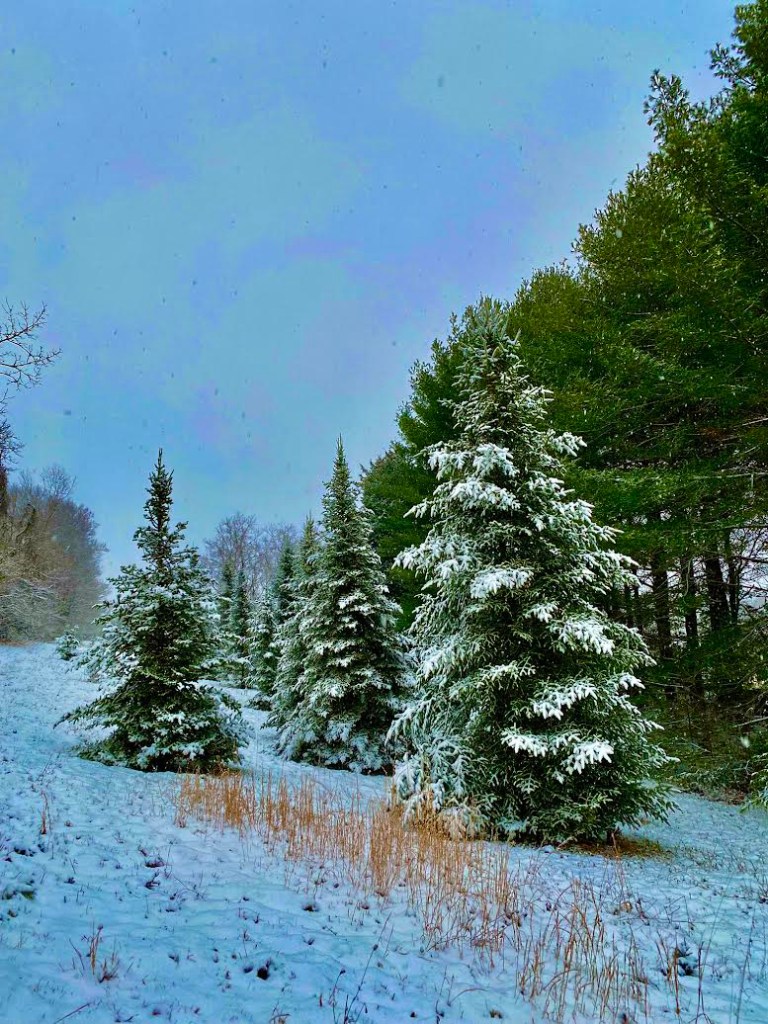How to make snow — a lot of snow
Published 9:45 am Wednesday, January 10, 2024

- Snow is the result of a complex mixing of materials and conditions, but the result is a thing of beauty. Photo by Steve Roark
|
Getting your Trinity Audio player ready...
|
By Steve Roark
Contributing Columnist
I’m sure you have looked up at a gray winter sky and wondered if it will snow. But have you ever wondered why it snows at all? What follows is God’s recipe for a snow, but I must warn you that the ingredients and mixing directions are tricky to try at home.
First, get around a million tons of water, vaporize it, and mix it in the atmosphere. Next, cool the air down, which will cause the humidity to rise. At 100% humidity the air is saturated with water vapor. Further cooling pushes the humidity above 100% and it becomes “supersaturated” and can’t hold any more vapor. Now add a ton or so of microscopic dust particles for the vapor to condense on, and you end up with countless minute water droplets so light they float on air … in other words, a cloud.
Put the cloud back in the freezer and drop the temperature down to between 5 and 21degrees Fahrenheit. This is necessary because the tiny cloud droplets do not freeze readily and must be cooled below the freezing point before they will solidify. Water cooled below the normal freezing point is called supercooled. At this point some of the cloud droplets freeze into a microscopic ice particle, and as it bounces around, water vapor condenses on it in a crystalline form to gradually make a snow crystal. The crystal grows in a 6-sided symmetry as it floats through the cloud, and after 10 minutes or so it will become large enough for gravity to pull it down. The timer dings and you have yourself a snowstorm.
How much snow a cloud produces is dependent on many factors, but generally if the water droplets freeze gradually the cloud will produce light snowfall. But if the freezing of many droplets occurs quickly by a sudden temperature drop, then snowfall could be heavy. A most entertaining and educational book on snow is “The Snowflake, Winter’s Secret Beauty” by Kenneth Libbrecht.
Steve Roark is a volunteer at Cumberland Gap National Historical Park.




